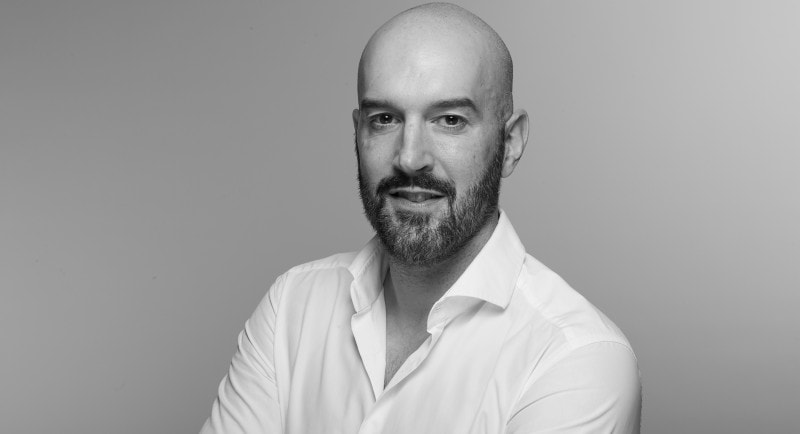The rapid rise in virtual influencers could see them accounting for up to 30% of influencer budgets by 2026, according to the latest annual Future of Social report by advertising, marketing, and public relations agency, Ogilvy.
Released today, the report examines 11 key trends across social influence, social content, and social platforms that brands will need to keep abreast of in order to future-fit their social strategies, with the creator economy projected to hit $480 billion by 2027.
Rapid developments in artificial intelligence, the rise of disruptive competitors, and ongoing cultural and behavioural shifts are transforming the state of the social media landscape, as highlighted in the report.
In addition to the rise of the virtual influencer, the report describes a shift towards less formal and unscripted brand content, the power of sound as a form of influence, as well as the ongoing rise of TikTok as one of the most important platforms for brands to leverage at the moment.
See also: Albanese confirms ‘no plans’ to block TikTok in Australia
“Although much has changed, social media remains as popular as ever, accounting for almost half of the time people spent on screens in 2023,” said Ogilvy PR and Ogilvy Health’s CEO, Richard Brett.
“Understanding the new social landscape is crucial for brands and organisations navigating these incredibly powerful marketing platforms.”
The report presents a host of challenges and opportunities for the platforms, as well as the brands and organisations that rely on them to reach their target audiences.
Globally, social media still suffers from a pervasive and persistent image problem, especially in the eyes of governments and regulators, attributed to its association with fake news, misinformation, and disinformation: “tweaks to the Facebook algorithm have effectively rendered it useless as a news source.”
Locally, the report highlights the action threatened by the Albanese Government against Meta after Facebook’s parent announced it would pull funding from the country’s news organisations. The ACCC has estimated $66 million of funding will be lost to publishers as a result of the decision, including the ABC, Guardian Australia, News Corp, Nine Entertainment, and Seven West Media.
See also: Meta pulls the pin on news media deals with publishers and axes news tab
However, Ogilvy warns the enduring legacy of Meta as an advertising ecosystem should not be underestimated. Advertising on Meta has recorded over 23% year-on-year growth, still accounting for 98% of Meta’s revenue.
However, it also foresees brands adopting more intentional and creative approaches to LinkedIn in 2024, anticipating that creator partnerships will continue to evolve beyond obvious, predictable product placements to more ambitious co-creation between creators and brands.
In conversation with Mediaweek, CEO of influencer agency Social Soup, Sharyn Smith, cautioned that while working with influencers can be immensely rewarding, there are risks associated with such partnerships, stressing the importance of brand safety.
“This channel can be more detrimental to a brand than beneficial when it goes wrong,” said Smith.
Looking forward, she urged the industry to overcome vanity metrics, advocating for a focus on demonstrating real-world impact through influencer marketing initiatives.
See also: If Meta pulls news, readers are ‘savvy enough to work it out’: Social Soup’s Sharyn Smith

